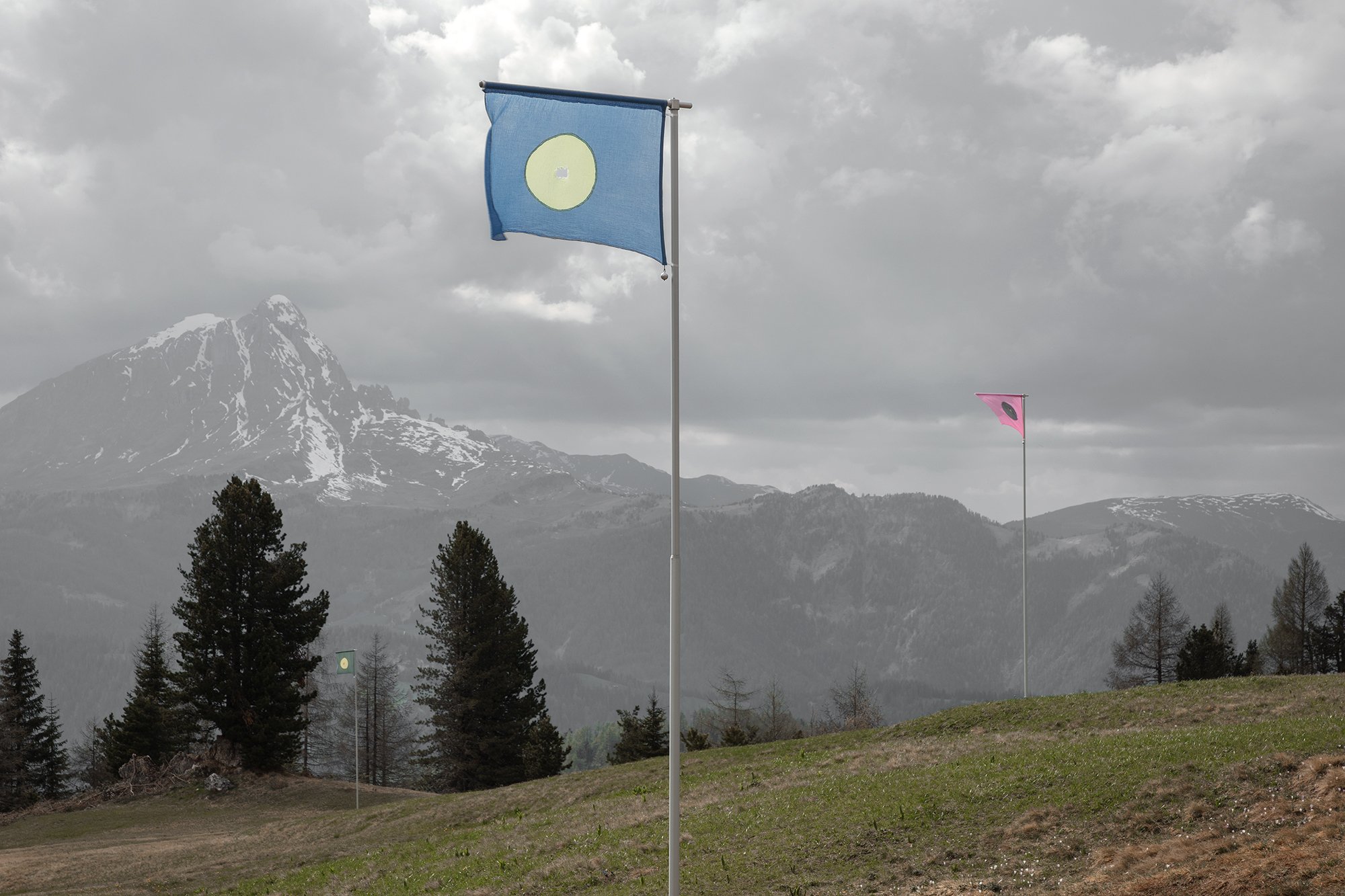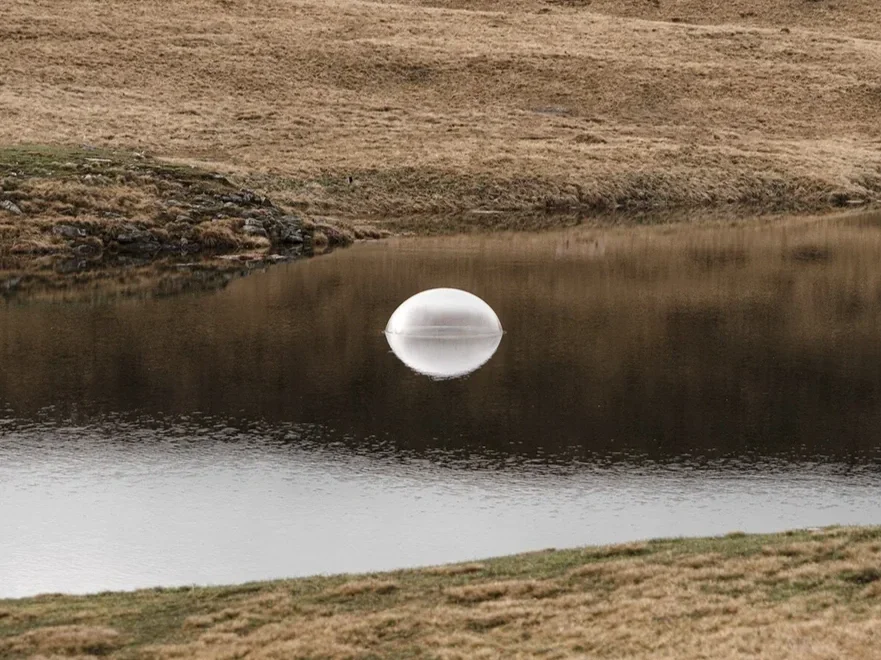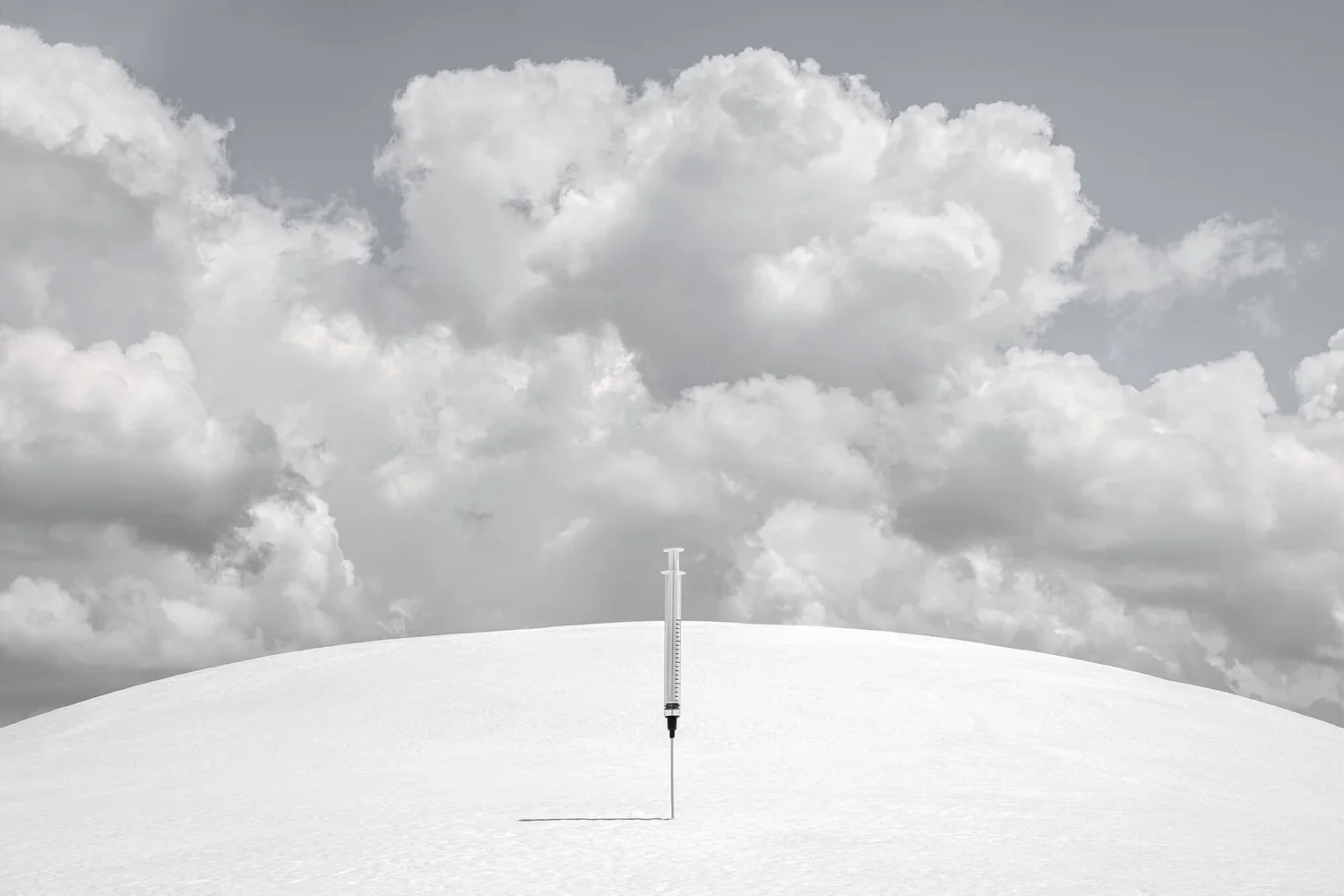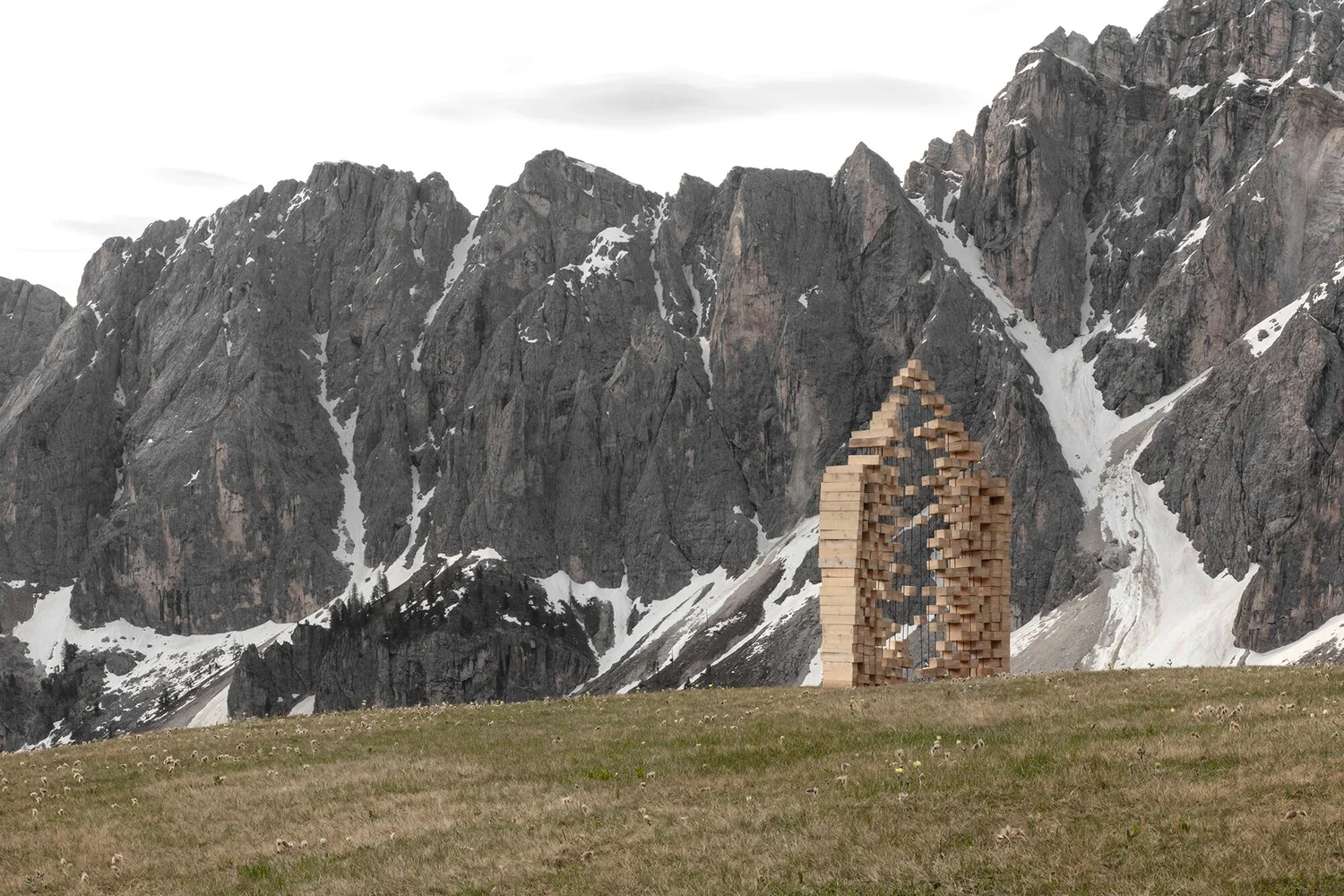Nation State or State of a Nation
Notta Caflisch
Flags are hoisted on the meadows, in evident contrast with their surroundings. These are fragile objects designed to vanish as time passes: the cotton fibres will be plucked up by the wind and, being totally biodegradable, they will weave back into the pattern of nature they are currently superior to. Or so it seems. “Nation State or State of a Nation” is a pun on the contemporary notion of state and nation: what is the “state” of nations today? The common narrative description belonging to a nation, the identity of a nation, the claim of a land – all these do not always reflect reality. Concepts which represent powerhouses but are, in reality, fragile because defined by people. What if the world knew no bounds? Especially in times like these, we have come to realise the arbitrariness of borders and, despite everything, how important collective organisation is. The flags are the emblems of these “superstructures” and artist Notta Caflisch questions their existence in today’s day and age.

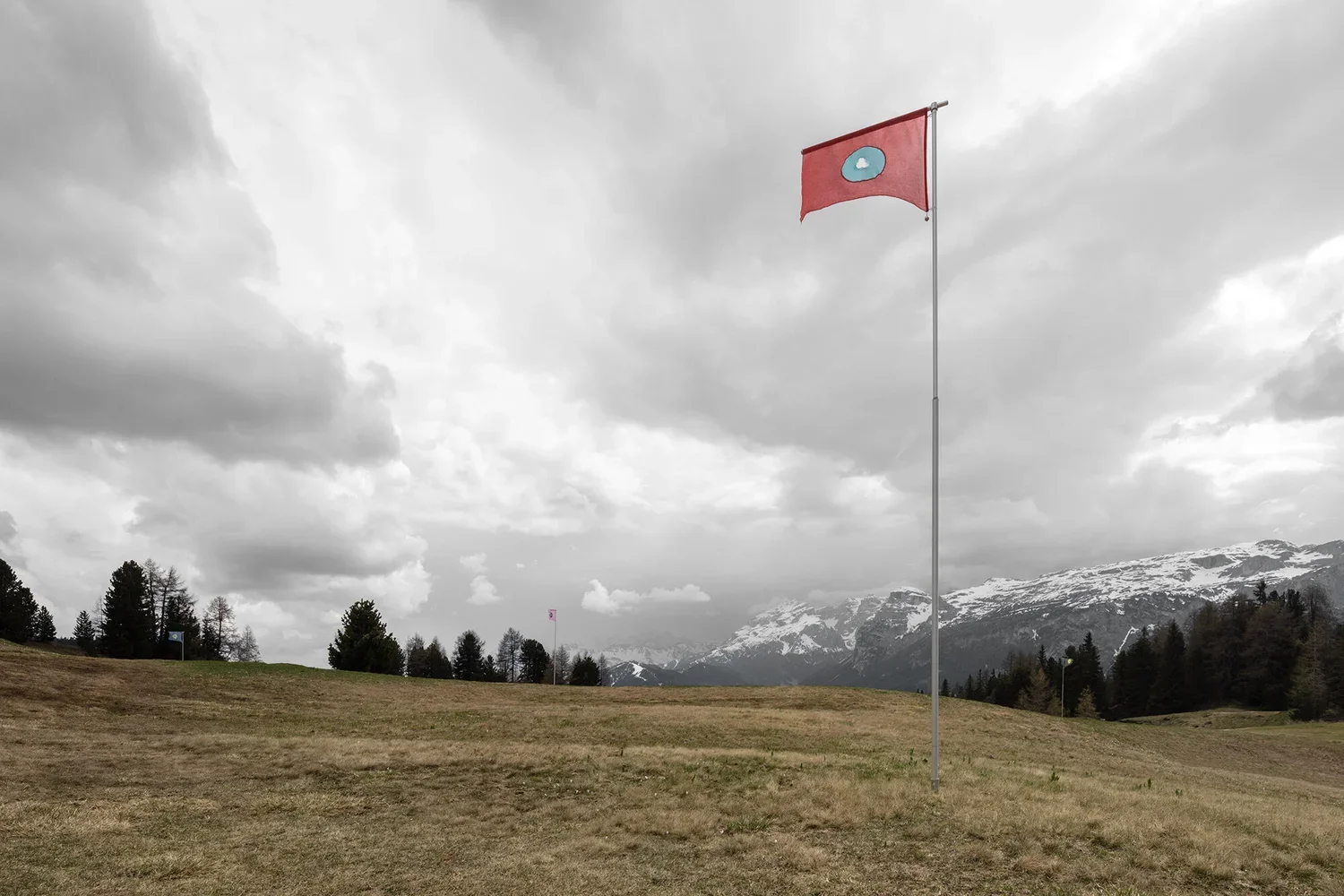
Exhibit place La Crusc
The La Crusc highland lies at the foot of the Santa Croce mountain and is one of the favourite spots of South Tyroleans and locals from Val Badia. This small highland is steeped in history and its sanctuary, built nearly 600 years ago, has been a pilgrimage site for countless years.

